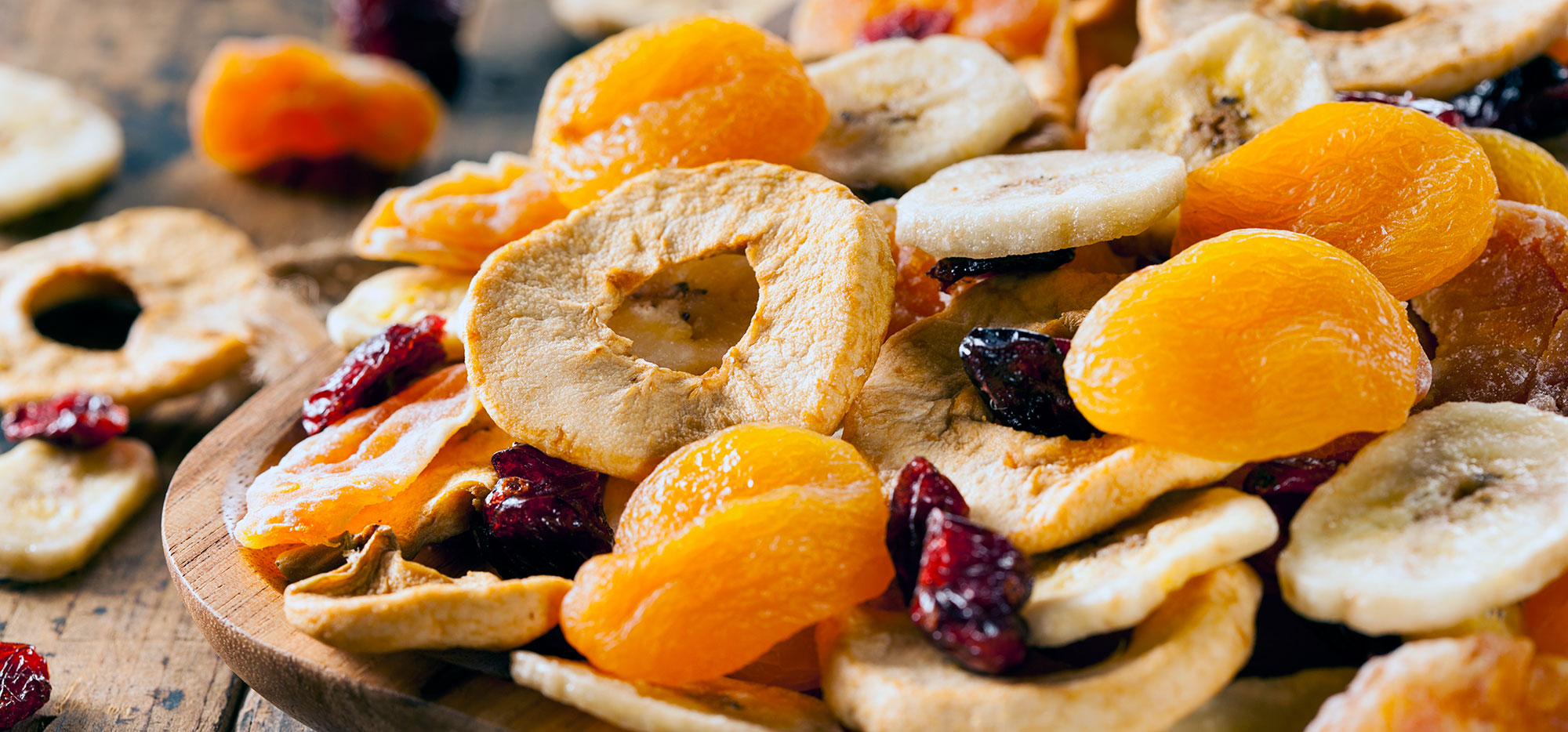



Article by: Hari Yellina
Sultana and currant production has advanced significantly in recent decades, but there is still one aspect of the process that must be done by hand: pruning. It is hoped that a more cost-effective alternative is on the way. While machines are used in the wine grape sector for pruning, Stuart Putland of Dried Fruits Australia says a much more complex machine is required for table grapes. “The wine grape sector can possibly prune the vine to within 300 millimetres. We need to be two to three millimetres away from the vine “he stated. For dried fruit growers, automating pruning would be a game changer because pruning labour costs a lot of money.
“When we looked at the data, it became clear that it’s roughly 20-30% of the industry’s cost of manufacturing,” Mr Putland added. In 2016, the sector began seriously considering ways to cut labour expenses. Dried Fruits Australia delegation travelled to California in 2017 to meet with robotics developers who had developed a spur pruning robot for the wine grape sector. In 2019, the Mallee Regional Innovation Centre linked Dried Fruits Australia with La Trobe University’s Robotics, Automation, Mechatronics, Prototyping, and Sensing (RAMPS) team, and Mr Putland said their robotics experience was crucial.
“We have lots of growers who can help with the mechanical aspects. But what about the robots and visioning? That is outside our scope “he remarked. Over time, the pruning machine has evolved. One of the most significant modifications is the way the machine determines which parts of the vine need to be trimmed. It began with vision sensors, according to RAMPS Associate Professor Robert Ross, but these have since been changed. “We’re now employing LiDAR,” Associate Professor Ross explained, “which allows us to determine depth within an image using lasers.” The spinning cutting blade has grown in size as well. According to Associate Professor Ross, the machine is quite reliable.
“We found a couple other ways we might alter it and improve things,” he explained. “We’re implementing those right now and expect it to be used in the next months.” Many producers were eager to see the prototype in operation and volunteered their properties for test runs, according to Associate Professor Ross. While the coronavirus epidemic had delayed the project, Mr Putland claimed a working prototype was not far away. “We’ve increased out-of-season testing,” he explained, “basically, we’re pruning when we shouldn’t be.” “We’re hoping to have it strong, functional, and operational by the conclusion of this pruning season,” says the team. It is hoped that some machines would be built before the 2023 pruning.